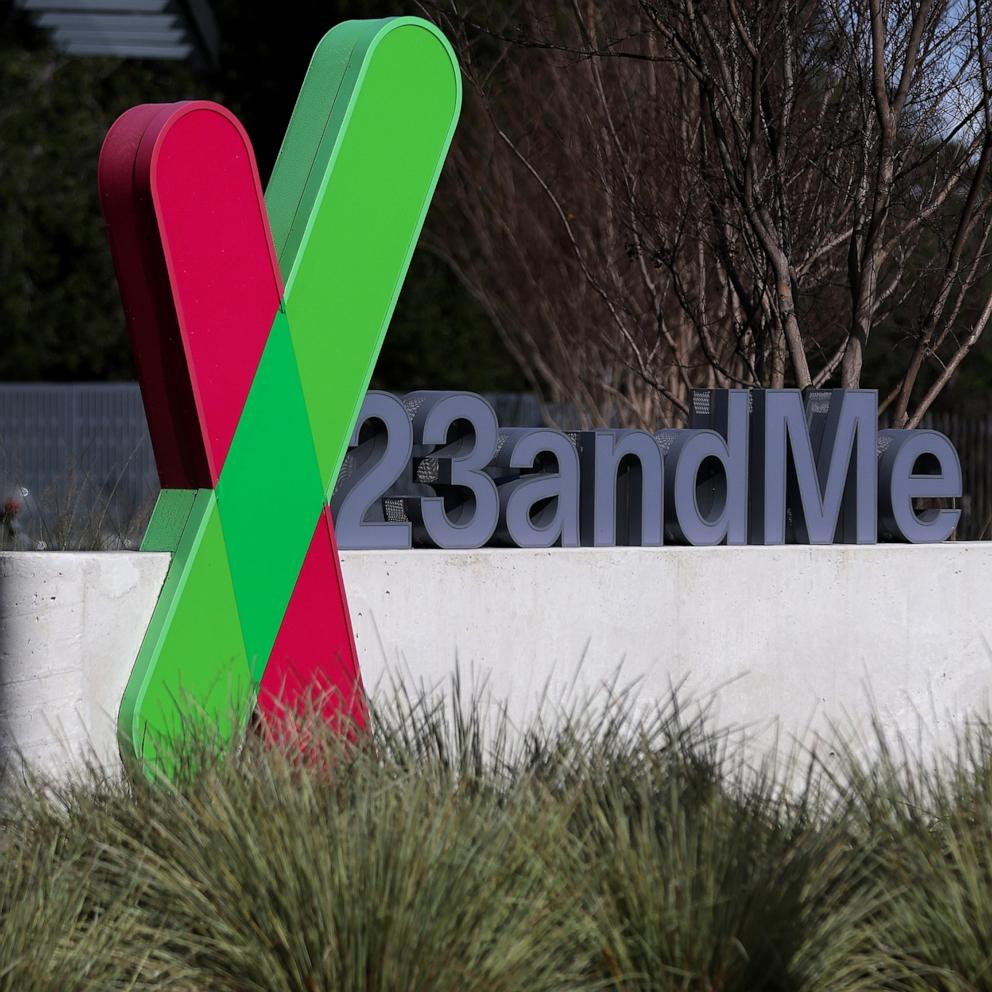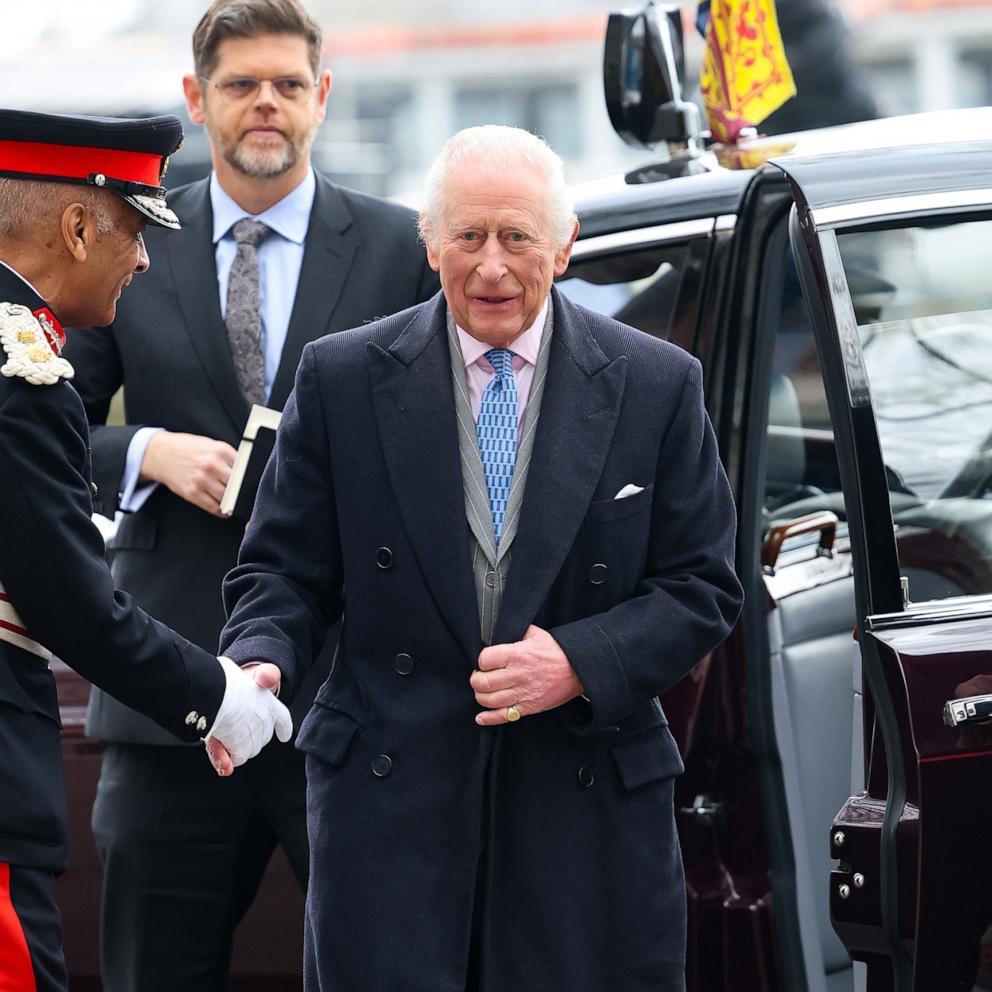How Trump's push for Canadian statehood would hurt the GOP

Last week, Canada defeated the United States in the championship of the 4 Nations Face-Off international ice hockey tournament. Celebrating after Canada scored the winning goal in overtime, Prime Minister Justin Trudeau posted on X that "You can't take our country — and you can't take our game." This was an unmistakable shot at President Donald Trump following the president's repeated assertion that Canada should become the 51st state, his mocking references to Trudeau as Canada's "governor" and his threats of a 25 percent hike in tariffs on goods imported from Canada.
The thing is, Trump would be shooting the puck into his own net if he fought for Canada to become the 51st state. While this idea is highly unlikely to actually happen, Canada would be, by leap and bounds, the largest new state in U.S. history (both by population and geography), and the impact of its addition on U.S. politics would be seismic. New seats in Canada would almost certainly swing the closely divided U.S. House of Representatives into Democratic hands, likely add two left-leaning members to the Senate and boost Democratic fortunes in the Electoral College in future presidential races. Moreover, such an addition would run counter to how the politics of statehood have usually played out, through political actors and parties pushing to either bring in multiple new states to preserve political balance, or add new states that would aid their party's electoral strength.
The biggest new state ever
Canada is obviously huge — it's the second-largest country in the world by area after Russia, and its population is also sizable, at least compared to each of the 50 states. California has been the United States's most populous state since the 1960s, and it had a population of 39.4 million in the Census Bureau's most recent 2024 population estimate. But Statistics Canada's most recent quarterly estimate put The Great White North's total population at about 41.5 million. Based on this, if Canada became the 51st state, it would be the most populous state and constitute about 11 percent of an expanded population of around 381 million across all U.S. states (excluding territories and Washington, D.C.). This would put Canada ahead of California (10 percent), Texas (8 percent), Florida (6 percent) and New York (5 percent).

In addition to being the largest state, Canada would easily be the most populous new state in U.S. history, nearly four times more populous than any previous new state based on its share of the population at the time of statehood.
By population, Canada would be a glacier in a sea of ice cubes compared with previous new states. As a percentage of the overall population, the largest new state ever was Maine, which had about 3 percent of the country's populace when it separated from Massachusetts in 1820 as part of the Missouri Compromise. Both Vermont (1791) and Kentucky (1792) made up between 2 and 3 percent of the U.S. population when they joined, while Tennessee (1796), Ohio (1803) and Oklahoma (1907) each made up a bit less than 2 percent. As for the 31 additional new states in U.S. history (not including the original 13), each had about 1 percent or less of the country's population when they acceded to the union, including large states like California and Texas.
Canada's entry would have immediate repercussions for representation in the federal government, and would almost certainly lead to the long-term expansion of the number of seats in the House of Representatives. Upon statehood, new states gain a number of seats in the House of Representatives roughly commensurate with their share of the population. Like Canada, most new states came from entirely new territory,* so Congress added seats to the House for their representation. This usually amounted to just a handful of seats for each new state, equivalent to about 1 percent or fewer of total seats in the House. The exceptions were Kentucky and Vermont, which received around 3 percent of the seats in the House, and Maine, which had about 4 percent of the total after Congress allotted the new state seven of Massachusetts's previous 20 seats.
In line with this historical pattern, Canada would probably receive around 50 seats in the House — California presently has 52 and Canada had a population of 37 million in its 2021 census, putting it just behind California at the time of the last United States reapportionment. As a result, Canada's entry would increase the number of seats in the House to around 485. And while the chamber's size has been set at 435 since Congress's 1911 apportionment act (only expanding temporarily to 437 seats after the admission of Alaska and Hawaii in 1959), there's never been a new state like Canada in the country's history: The addition of such a populous state would almost certainly necessitate a new apportionment law after the 2030 census to permanently expand the House. Otherwise, perhaps three in five states would lose representation to give Canada its appropriate number of seats in a 435-seat chamber.
Democrats would flip the House and gain in the Senate and Electoral College
When it comes to who would fill those new Canadian seats, we have ample reason to think that AmeriCanadian voters would vote to the left of most other states in the U.S., which would likely produce gains for Democrats — or allied left-leaning parties, since Canada might develop alternate regional parties or maintain variants of their current parties.
Broadly, Canadian voters are more left-leaning than their American counterparts. Polls inquiring about Canadian attitudes toward the 2024 U.S. presidential election demonstrated a clear preference for then-Vice President Kamala Harris over Trump. In an October 2024 poll from Leger, 64 percent said they'd vote for Harris, compared with just 21 percent who said Trump. Similarly, a September survey from The Environics Institute for Survey Research found Harris ahead of Trump 60 percent to 21 percent among Canadians. This was a downtick for Democrats from 2020, when Joe Biden led Trump 67 percent to 15 percent in the same poll, but it still represents a much stronger left-leaning preference among potential Canadian voters.
While these polling numbers are of course hypothetical, that level of support for Harris might have made Canada the bluest state in the country if it voted in the 2024 presidential race. Excluding those who didn't express a preference, the polls suggest that about three in four Canadians would've voted for Harris. Compared to the two-party presidential vote results across the country, that would make Canada bluer than every state and trail only the District of Columbia in its Democratic leanings for president. Notably, even Canadians who identify with the nation's Conservative Party — which leads in the polls for Canada's 2025 election — wouldn't necessarily line up behind Republicans: The Leger and Environics Institute polls found that Trump led Harris among Conservative voters by a margin of only 3 to 8 percentage points.
And when it comes to the House, a 50-seat Canada would potentially give Democrats (or left-leaning allies) between 40 and 45 of the new state's seats. Generally speaking, a fairly drawn map would be expected to hand around 90 percent of seats to a party that garners 75 percent of the vote, as the party winning the most votes tends to win more seats than their vote proportion in a system that uses single-member districts. With 37 million people in its 2021 census, Canada would average about 740,000 people per congressional district; using seat-vote estimates combined with the Leger poll's regional breakdowns for presidential preference, we can estimate that localized voting patterns would give Democrats a path to winning, say, 44 of 50 seats in a hypothetical race.
Obviously, Democrats winning at least four in five of Canada's 50-odd seats would easily swing the House away from the GOP, which holds a narrow 220-to-215 seat majority (including vacant seats with their previous party). Using this hypothetical outcome, Democrats and left-leaning allies would have around 259 seats while the GOP and its right-leaning allies would have around 226 — a sizable majority for Democrats. Even if Republicans performed significantly better in Canada than in this hypothetical, Democrats would likely win a large majority of the new state's seats. Something tells us that Speaker Mike Johnson would not be a fan of adding Canada to the United States.
On the other hand, bringing in Canada wouldn't immediately flip partisan control of the Senate. Republicans currently have a 53-to-47 edge (including two independents who caucus with the Democrats), so even if Canada elected two left-leaning senators, that would still leave Republicans with a majority. Of course, if Canada preserved most or all of its 10 provinces while becoming the 51st-through-60th states, that could very well produce a Democratic majority as pairs of left-leaning senators would come from many, if not most, provinces.
At the presidential level, Canadian statehood would give Democrats a boost in the Electoral College as well. Still, Canada as a state would not necessarily have allowed Harris to defeat Trump in 2024 — although it would have made the race closer and almost certainly would have changed the popular-vote winner. Assuming Canada used a winner-take-all system in the Electoral College akin to 48 of 50 states (only Maine and Nebraska don't), Canada's 52 electoral votes would have given Harris 278 overall, but Trump still would have claimed a majority with 312. However, adding Canada's California-esque total number of votes would have undoubtedly handed Harris a popular vote win, making Trump's second presidential victory yet another "misfire" in the Electoral College. (No word from our higher-ups regarding how 538's branding would have to respond to an increase to 590 total electoral votes.)
Why Trump backing Canadian statehood would go against the grain
If Trump were to make a concerted pitch for Canada to become the 51st state, it would run counter to historical precedents for the politics surrounding statehood. That is, a party backing statehood for a place that would clearly prefer the opposition party is unheard of. In the past, states have usually acceded to the union as a form of balancing, where states with different (anticipated) political persuasions joined around the same time; or as a result of partisan angling, whereby a party has pushed for a territory's statehood as a means of helping its political position.
Until right before the Civil War, the politics of statehood closely tracked the nation's antebellum divide over slavery. A "balance rule" developed whereby Congress usually brought in two new states around the same time, one that permitted slavery and one that did not. After Tennessee became a state in 1796, the country had eight slave states and eight free (or soon-to-be-free) states. From that point, the next 14 new states came in pairs or alternated in such a fashion that, upon Wisconsin's admission in 1848, there were 15 free states and 15 slave states, which maintained equal representation in the Senate for these two interests.
From the late 1850s to the end of the 19th century, partisanship more clearly drove many statehood debates. Just before the Civil War, Oregon (1859) joined the union with overwhelming Democratic support despite being a free state because Democrats hoped its strong preference for the party could help them hold onto the Senate and presidency in 1860. After this, Republicans largely used the politics of statehood to their advantage. During the war, Republicans used their large majorities to add states like West Virginia (1863) and Nevada (1864) to aid in the passage of legislation like the 13th Amendment to abolish slavery; and over the next quarter century, the party promoted statehood for more than a half-dozen western states that regularly elected two Republican senators. This helped Republicans mostly maintain control of the Senate even as Democrats came to regularly contest for control of the House and presidency in this period, and also meant that some Democratic-leaning and populous territories, such as Utah (1896) and New Mexico (1912), had to wait on statehood.
Balancing returned to the fore in the last round of statehood in 1959, when Alaska and Hawaii joined. The expectation at the time was that Alaska would be a reliably Democratic state while Hawaii would back Republicans. (Of course, shifts in party sentiments following statehood led the states to behave in exactly the reverse manner, although the net effect was similar.) And most recently, the lack of a GOP-leaning balancing option for Puerto Rico or the District of Columbia, both of which many Republicans fear would prefer Democrats in federal elections, has likely played a role in slowing efforts to add either as a state (or give the District representation in lieu of statehood).
Needless to say, adding a heavily Democratic- or left-leaning Canada as the 51st state would neither balance nor aid the party whose president is seemingly promoting the idea. Such a change would almost certainly mean Republicans would lose the House and have a smaller majority in the Senate, while boosting Democrats in the Electoral College. And bringing in the largest new state in the country's history by itself would run against any notion of balancing.
Of course, this is probably a "take Trump seriously, but not literally" situation. The likelihood of Canada becoming the 51st state is close to zero. Not only would this require approval from both chambers of Congress, but Canada would need to back the effort, too, considering that candidate states typically hold a referendum on the statehood question. And polls suggest Canadians have little interest: In January, YouGov found that more than 3 in 4 Canadians opposed joining the United States, while Americans were more evenly divided — although one-fifth expressed no opinion. Even if public sentiments shifted and a campaign for Canadian statehood developed, it's doubtful that Republicans on Capitol Hill would have any interest in boosting an effort that would almost certainly harm their party's future electoral prospects.
Footnotes
*Three states were created directly from parts of already-existing states: Kentucky (formerly part of far western Virginia), Maine (Massachusetts) and West Virginia (Virginia). Additionally, New York had previously claimed the land that became the state of Vermont.




